When choosing a type of material for your garden decking, it is important to consider the environmental impact. Installing eco-friendly decking is a great step that you can take to make a substantial difference.
In this blog, we will discuss environmentally friendly options for decking and break down what makes certain options more favourable than others.
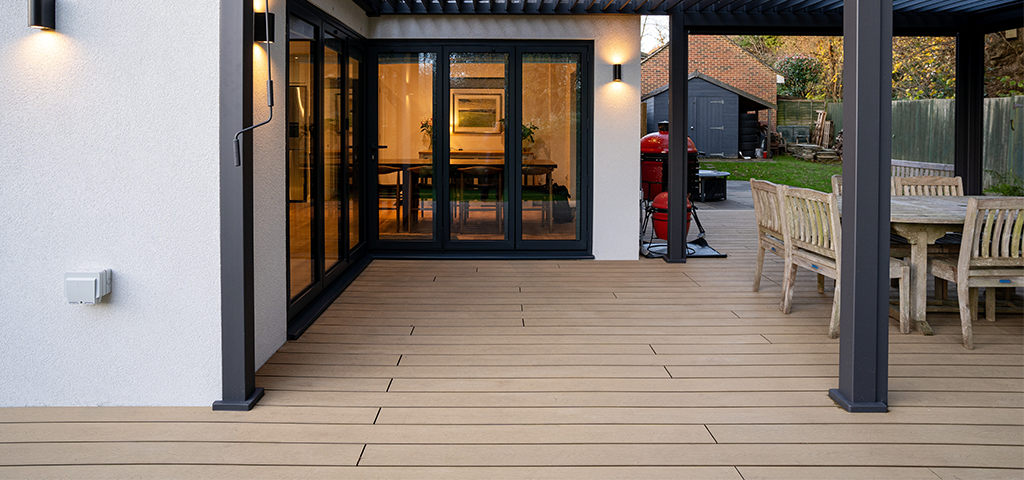
The Importance of Eco-Friendly Decking
Wood decking has always been popular, providing a natural and sturdy solution for deck boards. Most homeowners desire wooden decking to reflect the organic elements in their gardens and often steer clear of plastic decking boards due to the perception of them being worse for the environment.
With a dramatic shift towards sustainable living, the need for more eco-friendly products is at an all-time high. There is now a larger variety of options that can cater to your individual sustainability needs.
Sustainability of Timber Decking
The manufacturing of traditional timber decking boards can produce a large carbon footprint, due to factors such as production of lumber, deforestation, wood waste and the regrowth rate of trees.

The need to replace deck boards due to deterioration over time impacts the sustainability of wood decking. Replacing decking boards within just a few years of purchase reduces its overall sustainability.
However, there are ways that you can use timber decking that will have less impact on the environment. Cladco Timber Decking Boards are green pressure-treated for added durability and kiln-dried to increase stability and resistance to water. Crucially, these Timber Boards are made from responsibly sourced wood to give you peace of mind when purchasing.
What is the most sustainable wood for decking?
Redwood is often the top choice for sustainability reasons. Usually, it is air-dried which saves on manufacturing as well as having a fast regrowth rate, which increases its sustainability as a material.
Eco-Friendly Materials for Decking
Composite decking boards are a popular eco-friendly choice, entering the market in the 90s to address the vulnerabilities of the service life of established wood decking. It combines recycled wood and post-consumer plastics to create an environmentally friendly decking and has been favoured since for its high quality, durability and affordability.
Wood-plastic Composite Decking Boards are low maintenance compared to timber, with no need to power wash or stain the part plastic deck boards for colour. One of the advantages of Cladco Composite Decking Boards is that they're made from 100% recycled materials, making them the perfect choice for those who are eager to have eco-decking enhance their outdoor space. Our Composite Decking Boards are designed with a reversible surface, featuring a wood grain texture and narrow grooves to suit your decking preferences. Made from part recycled plastic, the eco-friendly Composite Decking boards are lightweight and easy to install.
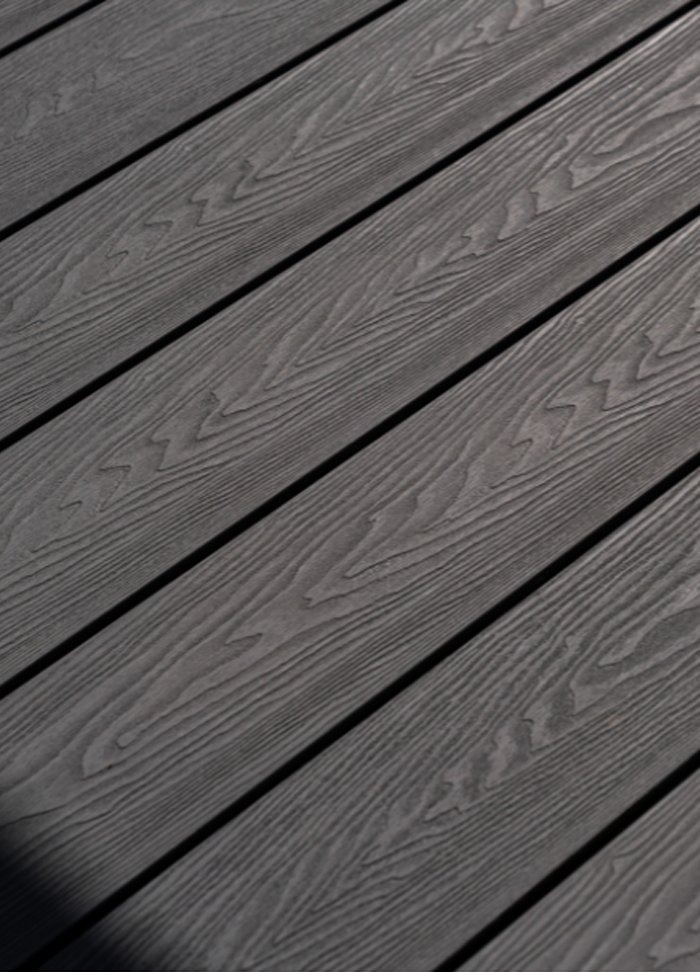
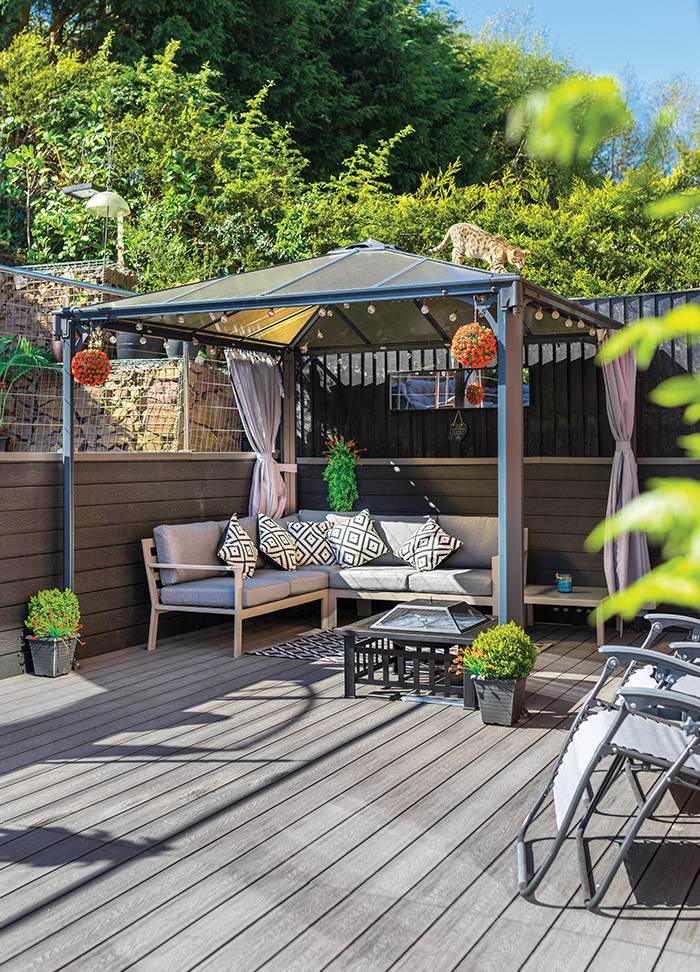
Bamboo is another durable eco-decking option for those seeking to incorporate natural wood into their Decking design. Like redwood, bamboo is highly renewable due to its rapid replanting and regrowth rate, with a manufacturing process that minimises carbon emissions.
Cladco Bamboo Decking Boards are manufactured under high pressure and temperature to produce a dense, sturdy product backed by a 10-year warranty. They also have slip resistance for enhanced customer safety.

Eco Credentials of Cladco Composite Decking
Cladco Composite Decking Boards are 60% recycled hardwood fibres and 40% recycled polyethene. The combination of reclaimed wood fibre and recycled plastic makes for a dependable decking material that offers the appearance of natural wood while being low maintenance and conscious of the environment.
Most composite decking has a capped outer layer to add strength and reduce warping or rotting, ensuring long-lasting durability. This reduced wear and tear means that the decking lasts longer before needing to be replaced, creating a low carbon footprint for the lifecycle of the composite decking.
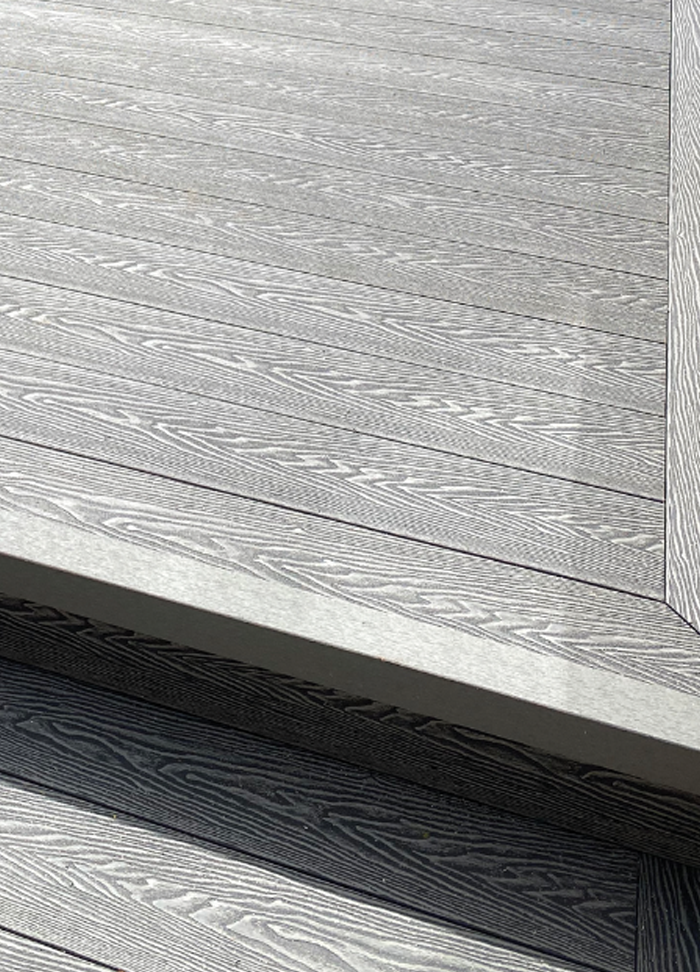
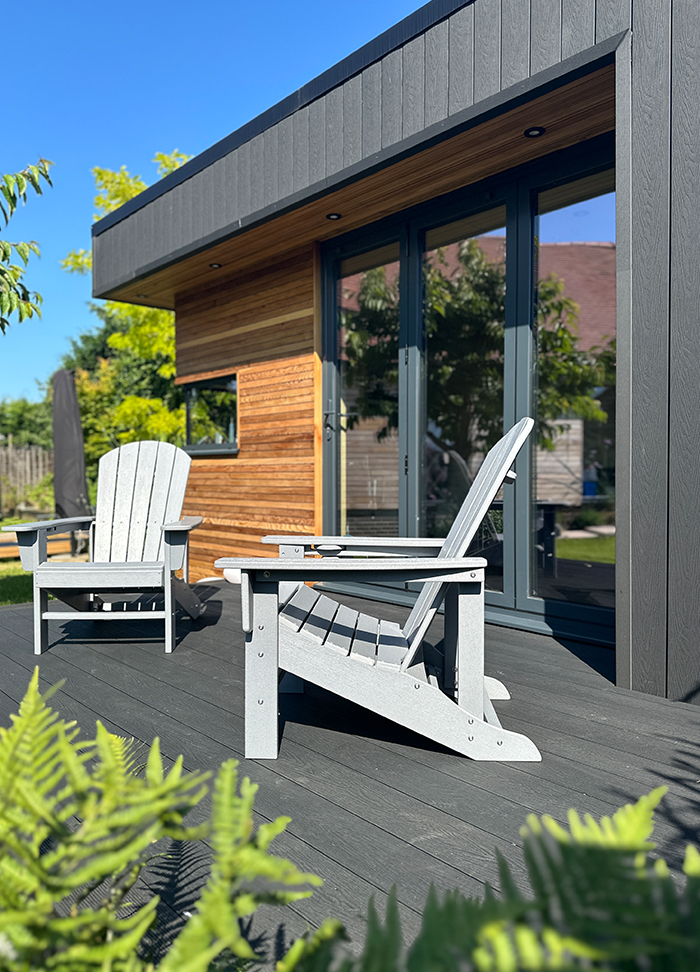
Also, our Composite products are available as FSC® Certified for the same cost. If a product is FSC® Certified, it means that all materials used come from responsibly managed FSC® Certified forests. If you require FSC® Certified products, please ask for these when placing your order.

The subframe for your recycled plastic decking can also be constructed using Recycled Plastic Joists and Posts. Made from 100% recycled plastic, these Joists allow you to build an entirely eco-friendly Composite Decking structure.
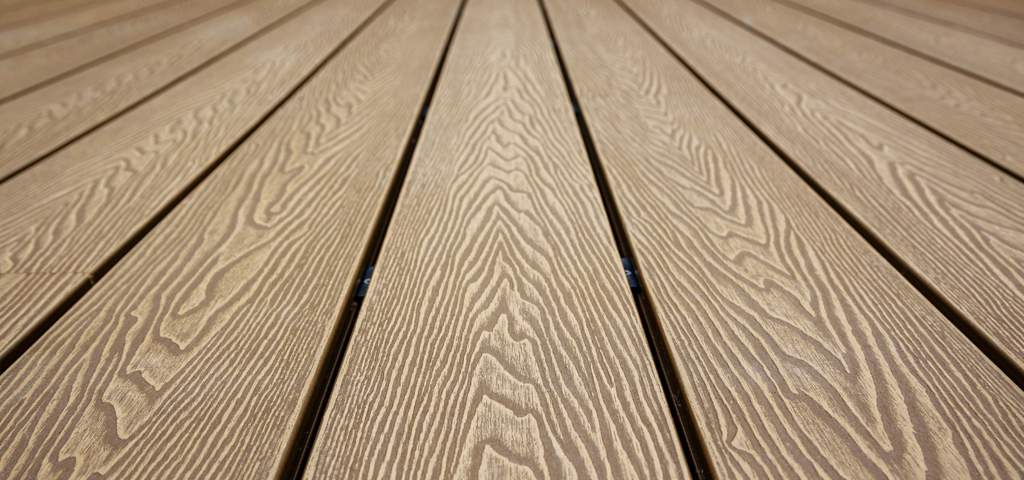
Recycling and Re-using Composite Decking
It is possible to recycle your composite deck when you're ready to make a change or update your outdoor area.
Check your local guidance and waste facility for the disposal and recycling of composite decking, then you can get to work cutting the composite boards into manageable pieces with a saw ready for disposal. Make sure to wear safety gear so that you are thoroughly protected during the process.
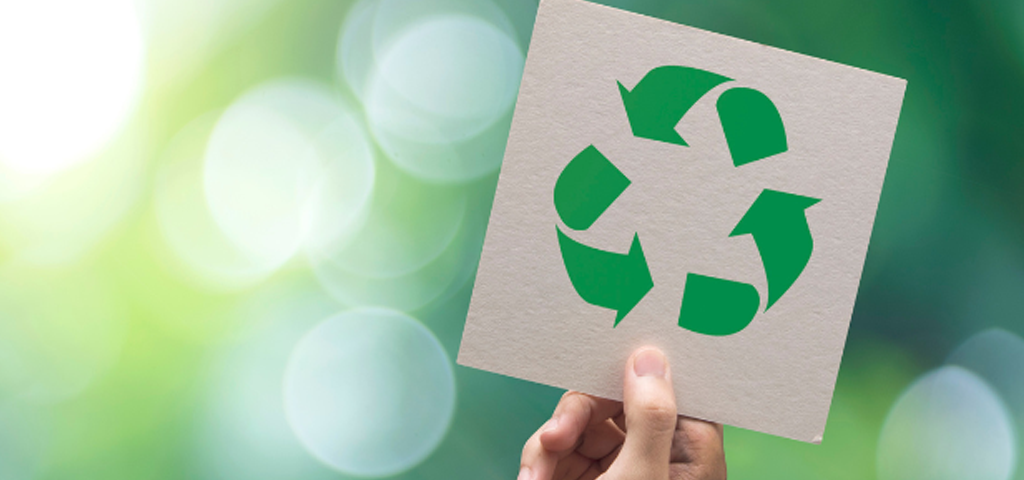
Alternatively, you could hire a professional disposal service to aid the process or if your composite decking is still in good condition, you can sell or reuse the materials.
Upcycling the materials or scraps after use is one way to elongate the life of composite materials. It can be reused for steps, vertical skirting, benches or planter boxes to name a few.
Did you know you can also give back to the wildlife in your garden using your composite decking off-cuts? These guides can help you transform your recycled composite decking boards into an insect house or a bird house.
FAQs
How much does eco-friendly decking cost?
There is a wide range of decking that considers the environment to choose between, from recycled plastic decking to wood composite decking, with factors such as cost being a major influence for buyers.
Our Hollow Reversible Composite Decking Boards start from £14.98 whilst our Bamboo Hardwood Decking Boards start at £22.20
Is composite decking really eco-friendly?
It's difficult to create a product that is entirely eco-friendly or sustainable. Cladco Composite Decking Boards are as close as they get, being exclusively made up of recycled materials.
Conclusion
To summarise, there are many ways to consider your environmental impact and using eco-decking products is another example. But whether you want a wood or composite deck, environmentally friendly decking can be easy and simple to understand and implement.
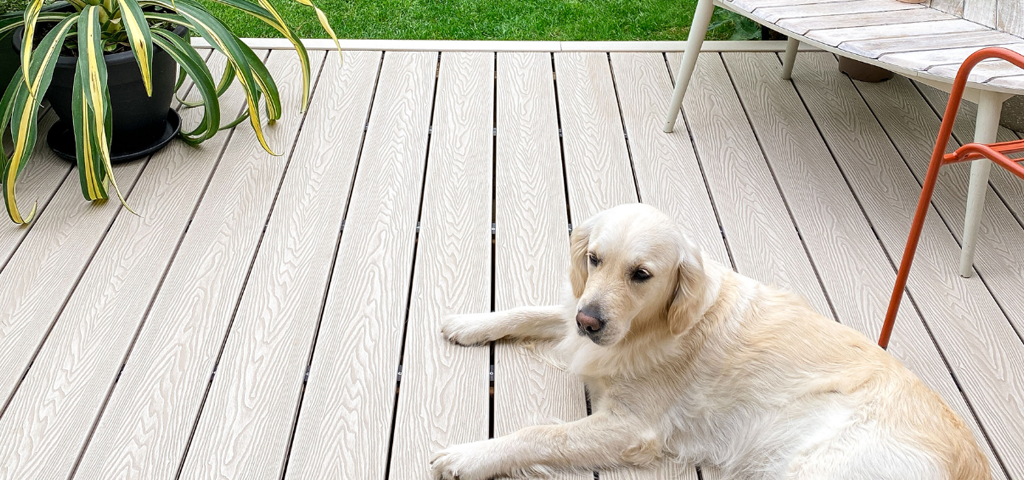
If you're ready to start your eco-friendly decking journey, you can explore our range of both Composite and Bamboo Decking or give our sales team a call at 01837 659901 to take the next steps.
